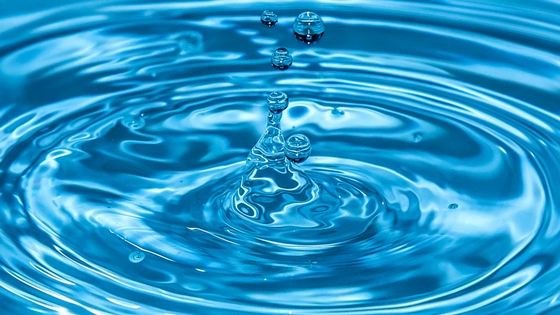When thirsty, some individuals resort to juices, tea, fizzy and isotonic drinks. These all contain varying amount of water and also contribute towards our daily water intake. The moisture content present in the food we eat also adds to our water consumption. There is an 8×8 rule that has often been misinterpreted by many as they seek to achieve the required minimum of water intake for each day.
The misinterpretation of the 8×8 water consumption rule
In 1945, the Food and Nutrition Board (has become part of the National Academy of Medicine), advised that an individual should consume one millilitre (ml) of water per every calorie of food consumed. With this guide, a diet of about 2,000 calories per day will require about 2,000 ml of water (approximately 70.5 ounces of water). People will assume they are required to drink 2,000 ml of actual water in a given day to meet the minimum required amount. This is not really the case as water can be found in a variety of fruits and food we regularly consume.
Strawberries and watermelons are believed to contain about 92 percent water per volume. Other high water content fruits include grapefruits, cantaloupes and peaches with, 91, 90 and 88 percent of water density respectively. They are closely followed by pineapples, cranberries, oranges and raspberries. For lovers of a good salad, it is great to know a lot of the items you use are rich in water. The iceberg lettuce does not just have a green and crunchy appeal but also contains about 96 percent of the water that will surely keep you hydrated and achieve the required daily minimum.
The celery stick is also a common feature in most salads and boasts of about 95 percent of water property and also supplies your natural salts for the replacement of diminished levels of potassium, sodium, calcium, iron, zinc and phosphorus. Green peppers are also a great source of your daily water intake as they contain about 92 percent water and also hold useful nutrients such as vitamin B6, folic acid, vitamin C and beta-carotene. Spinach is not just a leafy green vegetable but is rich in keeping you hydrated as they are made up of about 92 percent water and contain other nutrients such as magnesium, potassium and B-vitamins. Aside from fruits and vegetables, desserts such as yoghurts also contain a good amount of water, potassium and sodium.
It is important to strive to meet and exceed the daily water requirement. This can be achieved through the timely consumption of water, drinks and fruits or vegetables rich in water. As we can’t overlook the important role water plays in the regulation of the temperature of cells, organs and tissues. On the other hand, the timely and regular consumption of water will increase the visit to toilet facilities at home or in public locations




